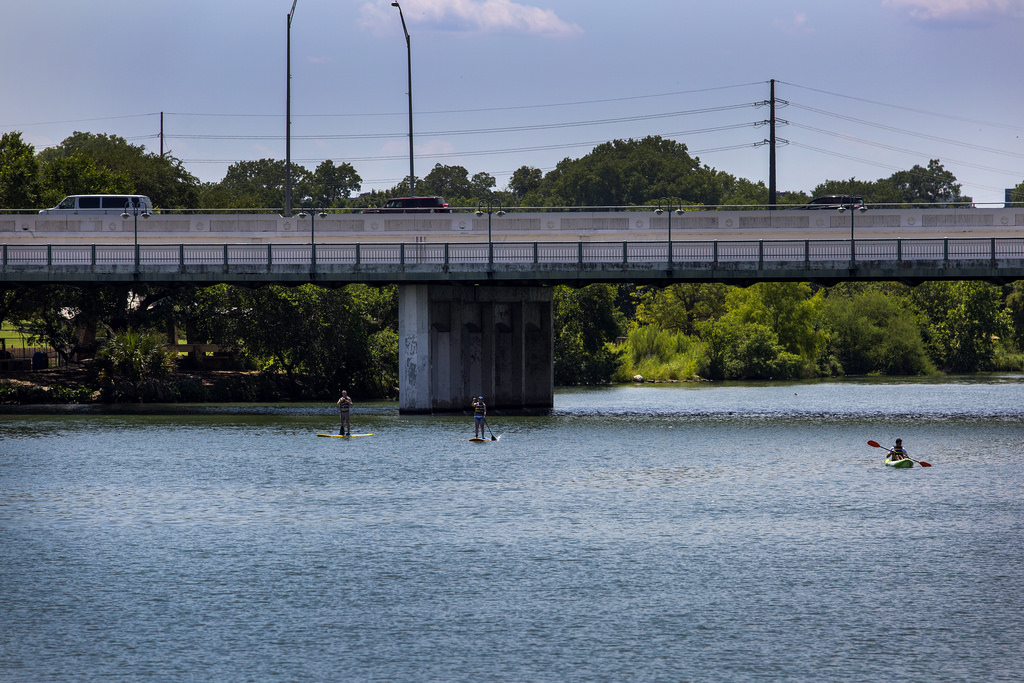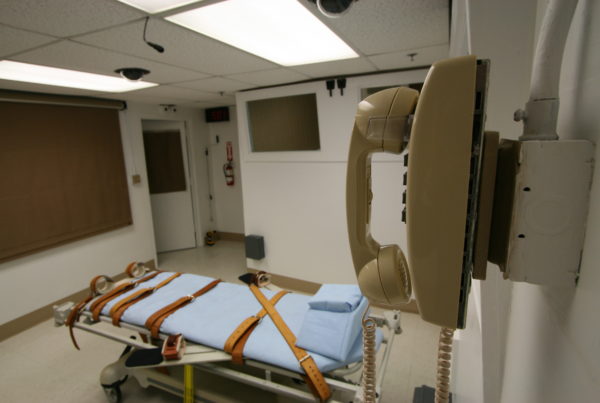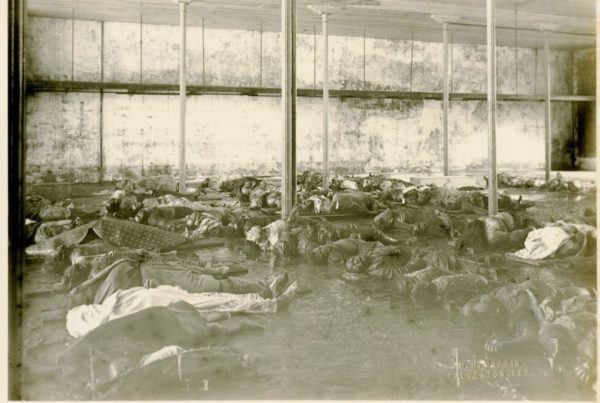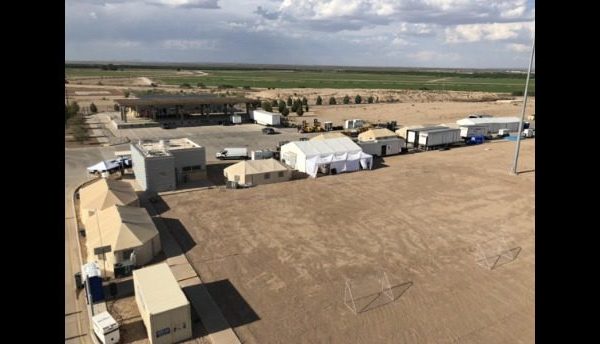Earlier this week, a tragedy in Genoa Italy made international headlines. At least 39 people are dead after a highway bridge collapsed – a bridge that had been on officials’ radar as dangerous for years. For years, there have been warnings about our own crumbling infrastructure and the need for repairs on bridges and overpasses we use every day. The American Society of Civil Engineers, the ASCE, has been issuing a report card warning of problems. But what’s being done?
Brett Pope is with the engineering firm Terracon. He also serves on the Texas section’s government affairs committee of the American Society of Civil Engineers. He says the U.S. overall earned a D+ on the ASCE report card, with bridges earning a C+. The current grades are the same as those from 2013. Texas fares well, compared to the nation overall.
“Texas is actually faring pretty well compared to the nation,” Pope says. “Specifically related to bridges, Texas is ranked at a B. A lot of that ranking goes into the number of structurally deficient bridges that we have.”
Pope says a structurally deficient bridge isn’t an immediate danger, but does require anual inspection. In Texas, only 1.7 percent of bridges earn that designation.
“That’s actually pretty impressive,” Pope says.
Texas has 54,000 bridges. The state with the highest level of bridge deficiency is Rhode Island, with 24 percent.
Pope says Texas bridge integrity has improved since the state earned a B- in 2012. Since then, the state has increased transportation funding with the passage of two ballot propositions.
Written by Shelly Brisbin.
















